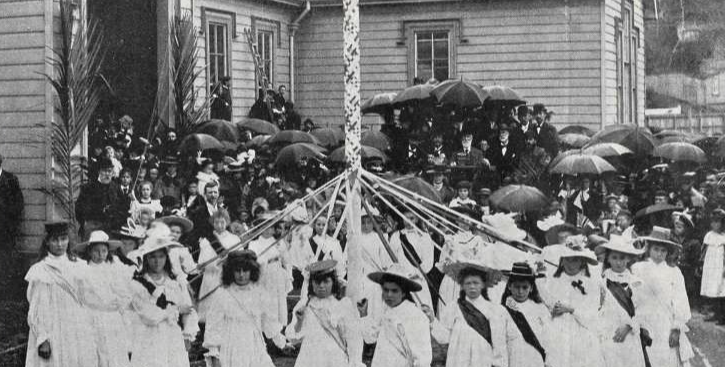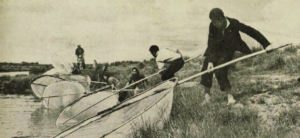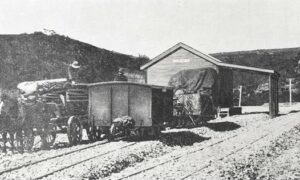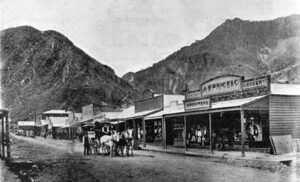As part of a Valley Profile series, MEGHAN HAWKES searches through old newspapers to bring you the stories Thames Valley locals once read about themselves.
1900
Twenty four of Thames’ Waiokaraka school children danced the Maypole dance as part of a ceremony of unfurling the flag – a custom designed to instill national identity and pride in children and encourage them to appreciate the honour of the Union Jack.
The Maypole was decked with red, white, and blue ribbons and the effect as these were plaited round the pole by the children was very pretty.
The performance reflected great credit on the children and teachers and was loudly applauded by the spectators.
Meanwhile, the progress of Waihī was very apparent when viewed from coaches crossing the plains from the Karangahake Gorge. Where only a few cottages stood a few years previously, a large town now spread from the flat all up the rise and high up on the Martha Hill.
The cottages and shanties had iron roofs that shone in the sun like flames. Beyond these, the town extended another mile towards the north beyond the Grand Junction mine.
Allotments were pegged out and some very nice cottages had been built in this neighbourhood which was shaping up to be the swell part of the town.
The Waihī Company’s property was quite a hive of industry, with five shafts and their steam machinery going night and day, their three lines of railway and the batteries both at Waihī and Waikino in full swing.
On all sides was heard the hum of machinery and at night the noise of the Silverton battery sounded exactly like the roar of the surf.

People were predicting a great future for Waihī and that it would be the biggest town in the colony, outside of the chief cities. But there was a seamy side to the town – public abattoirs were badly needed there, as well as the introduction of a night soil service. A sound sanitary scheme needed to be instituted at once to prevent the plague and fever germs.
Mr Slevin was doing his bit – he opened the Waihi City Baths which provided hot and cold baths and showers from 9am to 9pm or 11pm on Saturdays. Towels were provided and the service was much appreciated by all residents.
The only excitement at Turua for awhile had been a tin can reception given by some larrikins (of whom Turua had a few) to a newly married couple. The larrikins made night hideous for a couple of hours and then quietly dispersed.
Also at Turua, new stables were nearing completion. They would accommodate between 20 and 30 horses and traps so people coming via the Turua-Netherton road, instead of having to put up their horses and traps as best they could, would have comfortable stabling for one and dry housing for the other.
At Paeroa, some of the hats worn by ladies in public places of amusement came under fire.
At a recent concert, the hats, like a tipsy man, obstructed the view with their broad brims and lofty feathers spreading like eagles wings.
An unfortunate patron, who happened to be behind one of these monster hats, could not see the performance and declared that his wife’s hat was now in jeopardy.




